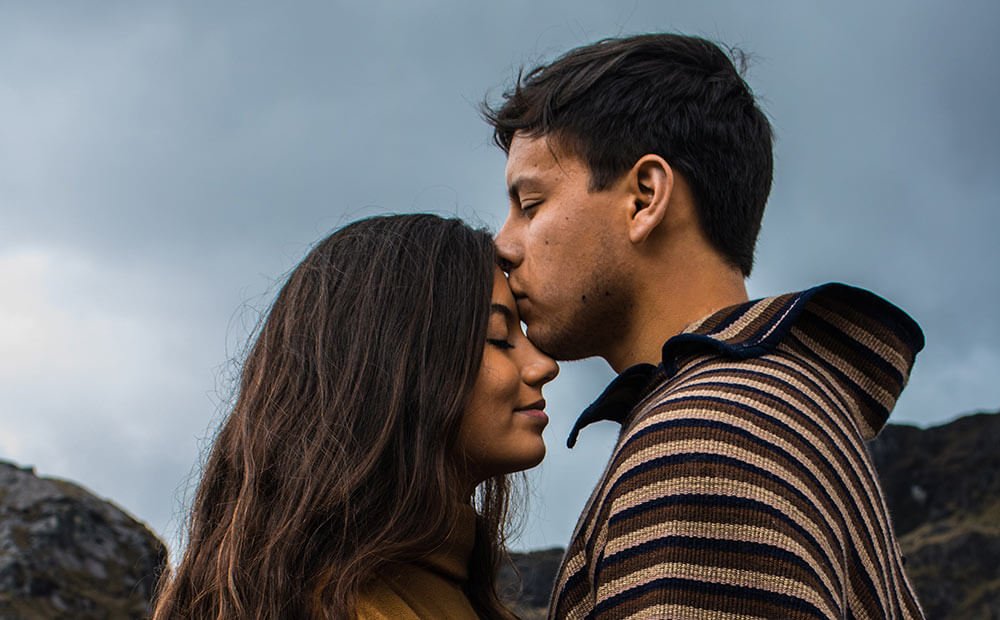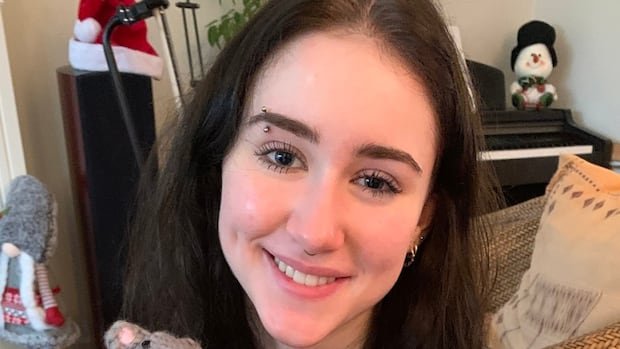The mother of Sidney McIntyre-Starko, the 18-year-old who died of a fentanyl overdose in a University of Victoria dorm room last year, gave heart-wrenching and pointed testimony on day one of the coroner’s inquest into her daughter’s death.
Dr. Caroline McIntyre said the university “lied” and put out a “completely false” timeline about the night her daughter died in January 2024.
McIntyre, an emergency room physician, said despite claiming otherwise, the university never contacted Royal Jubilee Hospital to identify Sidney after she was taken there by ambulance.
Instead, her daughter was listed as an unidentified person during the time emergency room staff were trying to save her life.
“I didn’t make it there,” said McIntyre. “She was unidentified, alone, and on a ventilator.”
McIntyre said she gave timestamped evidence to the director of campus security in order to correct the record of response put out by the university.
“This inquest is mostly being held because my daughter was left for 15 minutes to die while campus security sat there with Narcan,” she said.

McIntyre’s testimony was interrupted a number of times by presiding coroner Larry Marzinzik, who at one point asked her and her legal counsel to avoid speculation.
An independent report released earlier this month found that McIntyre-Starko “likely would not have died” if the university’s response had been better.
It said responding security officers failed to identify the overdose and took too long to administer nasal naloxone to reverse the toxic drug.
According to the report, McIntyre-Starko had never tried unregulated street drugs before the night she and two fellow first-year students snorted a powder containing a mix of cocaine and fentanyl.
The other two students also overdosed alongside McIntyre-Starko but were revived. Both testified on day one of the inquest. Their names are protected by a publication ban.
One of the students identified a photo of a vial of grey powdery substance shown as an exhibit as the drug they took.
She said she and Sidney found the vial at the bottom of a box of coolers they had been given and decided to take the drugs together the following day. She said she tried to Google what the drug was, and it came up heroin or opioids.
“There wasn’t much discussion. It was like, yeah, let’s do it,” she said. “We were like, it can’t be anything bad. That was the thought process.”
McIntyre told the inquest that her job as an emergency room physician meant that Sidney was “well informed” about the toxic drug crisis.
She said in retrospect, she wishes she had talked to her daughter more directly about drug safeguarding and Narcan.
“It’s my life sentence, right? Like, what else could I have done for my child?”
The inquest was called last year after news of McIntrye-Starko’s death sparked a public outcry.
McIntyre told coroner’s court that her daughter was one of over 2,200 people who died from toxic drugs last year in B.C.
“Twenty teens died [of toxic drugs] last year, 24 the year before, 26 the year before that. We haven’t done inquests for them and we probably should,” she said.
In response to a juror’s question, McIntyre explained that a fentanyl overdose will stop a person from breathing. She said in the absence of Narcan, giving an overdose victim artificial respiration — also known as mouth-to-mouth or CPR chest compressions — will keep someone alive by forcing oxygen into their lungs.
She said a person who’s not breathing will suffer brain damage after about four minutes, with fatal heart damage occurring soon after.
The inquest will hear testimony from 36 witnesses over 10 days.
Coroners’ inquests do not assign blame but are public inquiries that aim to determine the circumstances surrounding a death.
At the conclusion of testimony, the five-person coroner’s jury will make non-binding recommendations to prevent similar deaths in the future.



